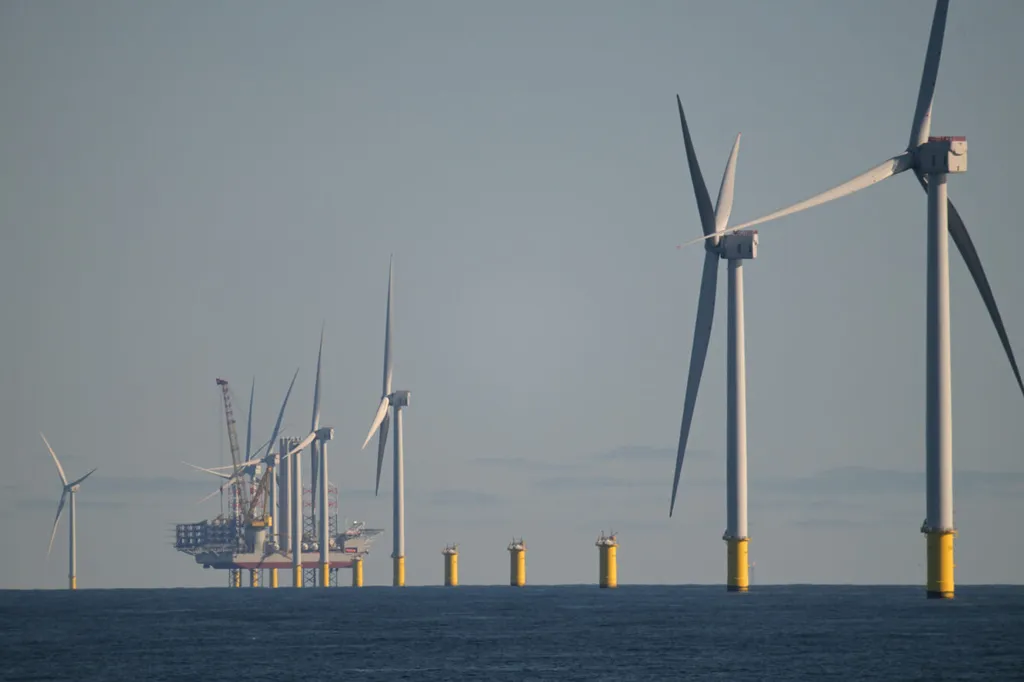The UK’s largest offshore wind farm, Dogger Bank, is set to inject £6 billion into the national economy over its lifetime, according to an independent report by BVG Associates. This economic boost will be driven by investments in UK companies, job creation, and skills development. With a capacity of 3.6GW, Dogger Bank will power approximately 6 million homes annually once fully operational.
The project, a joint venture between SSE, Equinor, and Vargronn, has begun generating power from its initial commissioning phase, with energy transmitted via subsea cables to UK consumers. The report highlights that over £3 billion will be spent directly with companies in the North-East of England and North Yorkshire and East Riding of Yorkshire, supporting hundreds of jobs. Companies like Jones Bros, Bowmer and Kirkland, Boston Energy, and Tekmar are already involved.
Dogger Bank’s construction is divided into three 1.2GW phases, located more than 130km off the Yorkshire coast in the North Sea. The project is expected to support 3,600 full-time equivalent jobs across the UK by 2025, with 1,500 of these in the North-East of England and North Yorkshire and East Riding of Yorkshire. Over its operational life of at least 35 years, an average of 1,400 full-time equivalent jobs will be supported, including roles for trainees and apprentices.
The wind farm has committed £26 million to local communities, including scholarship grants for students in East Riding of Yorkshire, Redcar and Cleveland, and South Tyneside. Energy minister Michael Shanks emphasized the economic and environmental benefits, stating, “Clean, homegrown power is the right choice for families and industry right across the country. Wind power is cheaper, cleaner and more secure than new gas – helping us bring down bills for good.”
Olly Cass, Dogger Bank Wind Farm project director, highlighted the project’s focus on people and its potential to drive future economic growth. “Offshore wind is a global sector with a global supply chain, but this report proves we have the skills, expertise and desire in the UK to fuel the energy transition and create economic value that’s far-reaching,” Cass said.
Alun Roberts, BVG Associates director of economics, underscored the sustained economic impact of the project. “Our independent analysis shows the significant impact of the Dogger Bank Wind Farm. Our economic model shows that the boost to the economy and jobs is sustained through the life of the project. This is vital for sustaining political support for offshore wind.”
James Lockwood, senior contracts manager at Jones Bros, noted the project’s significance for apprentices and trainees. “As a company, we are always eager to give our apprentices and trainees valuable on-site experience, and as the world’s largest offshore wind farm, Dogger Bank is a hugely significant project to be a part of.”
This development could accelerate the UK’s energy transition, demonstrating the economic viability of offshore wind projects. The sustained job creation and investment in local communities may set a precedent for future wind farms, fostering political and public support for renewable energy initiatives. The ripple effects of Dogger Bank’s economic impact could extend beyond the immediate region, potentially inspiring similar projects and furthering the UK’s commitment to clean energy.

